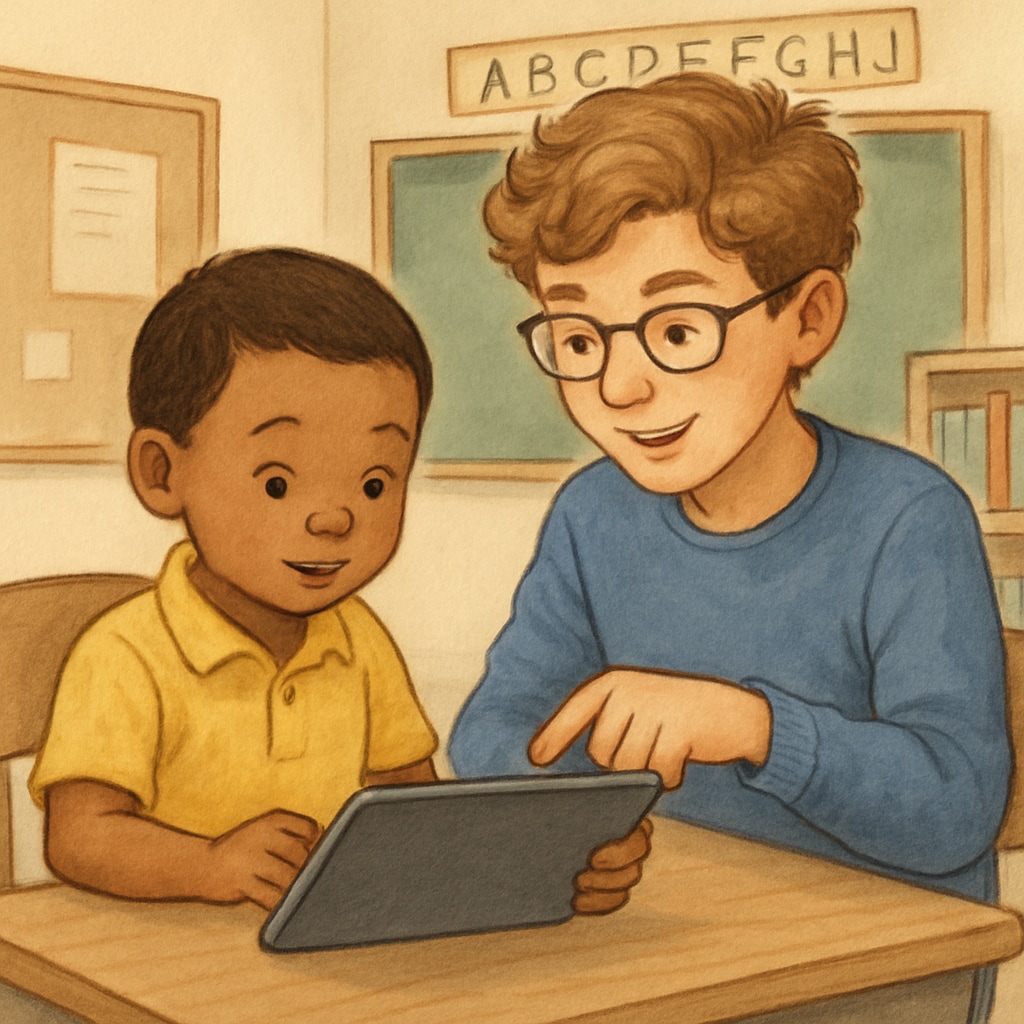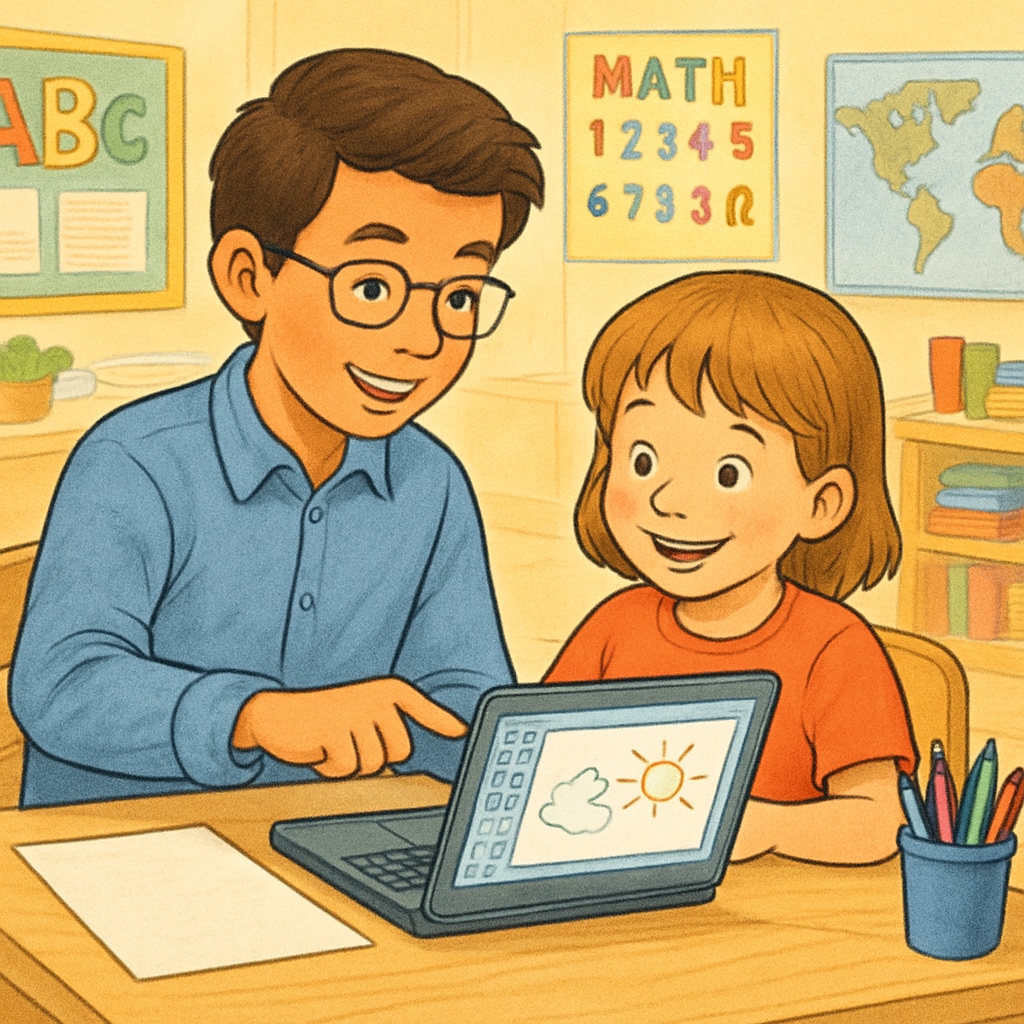Engaging young learners in collaborative projects fosters not only academic development but also social-emotional growth. Designing effective kindergarten-fourth grade buddy computer activities is a strategy that bridges age gaps while nurturing teamwork and mutual learning. By leveraging technology, these projects can create engaging, age-appropriate learning experiences that cater to different skill levels.
In this article, we will explore practical tips and examples for creating buddy programs that involve kindergarteners and fourth graders working together on computer-based activities. The focus will be on structured yet flexible approaches that enable both age groups to learn and thrive.
Why Cross-Age Buddy Programs Work
Buddy systems are a proven method to encourage peer learning between children of different age groups. When older students mentor younger ones, both groups benefit. Fourth graders develop leadership, communication, and teaching skills, while kindergarteners gain confidence and feel supported by a “big buddy.”
Technology-based activities further enhance this dynamic. Computers and educational software offer interactive and engaging ways to explore concepts like literacy, problem-solving, and creativity. As a result, a well-designed buddy program can stimulate curiosity and promote a love of learning.

Designing Buddy Computer Activities: Key Considerations
When planning kindergarten-fourth grade buddy activities, it’s important to consider the developmental differences between the two groups. Kindergarteners are often just beginning to develop basic literacy and motor skills, while fourth graders are more independent learners with greater cognitive abilities. Here are some tips to ensure your activities are effective:
- Choose age-appropriate software: Select programs that are visually engaging and easy to navigate for younger students but still challenging enough to keep fourth graders interested. Examples include drawing apps, storytelling tools, and basic coding platforms.
- Define clear roles: Assign tasks that allow older students to guide and assist their younger peers. Encourage fourth graders to explain concepts in simple terms, helping kindergarteners understand and participate.
- Keep sessions short: Younger students may have shorter attention spans, so aim for activities that last 20–30 minutes to maintain focus and enthusiasm.
- Incorporate creativity: Activities that involve creating something together—like a digital storybook or a simple animation—can be highly rewarding and foster teamwork.
Examples of Kindergarten-Fourth Grade Buddy Computer Activities
Here are some specific ideas for buddy activities that utilize computers effectively:
- Interactive Storytelling: Use platforms like StoryJumper to create digital books. Fourth graders can help type and organize the story, while kindergarteners contribute illustrations and ideas.
- Basic Coding Projects: Introduce tools like ScratchJr, a simplified coding platform. Fourth graders can guide their buddies in creating simple animations or games.
- Digital Art Collaboration: Programs like Kid Pix or Canva allow students to design posters or artwork together. Kindergarteners can focus on drawing, while fourth graders help with layout and text.
- Educational Games: Select games from platforms such as PBS Kids that promote problem-solving and critical thinking. The older students can guide their buddies through the challenges while explaining the concepts involved.

Measuring the Impact of Buddy Programs
To ensure the success of your kindergarten-fourth grade buddy program, it’s essential to evaluate its impact regularly. Consider the following approaches:
- Feedback from students: Ask both age groups to share what they enjoyed and what they found challenging. Use their input to refine future activities.
- Teacher observations: Monitor how well students collaborate and engage with the activities. Look for improvements in skills like communication, problem-solving, and creativity.
- Performance tracking: Use quizzes, completed projects, or other assessments to measure academic progress and skill development.
By analyzing these factors, educators can continually improve their buddy programs to create more meaningful learning experiences.
Conclusion: The Power of Cross-Age Collaboration
Designing effective kindergarten-fourth grade buddy computer activities is an investment in both academic and social-emotional development. By fostering collaboration, creativity, and mutual support, these programs allow students to learn from each other while building important life skills. With thoughtful planning and the right tools, educators can create cross-age learning experiences that leave a lasting impact on all participants.
Introducing structured computer-based buddy activities can transform how children interact and learn. As a result, both kindergarteners and fourth graders gain new perspectives, skills, and friendships that enhance their educational journey.


